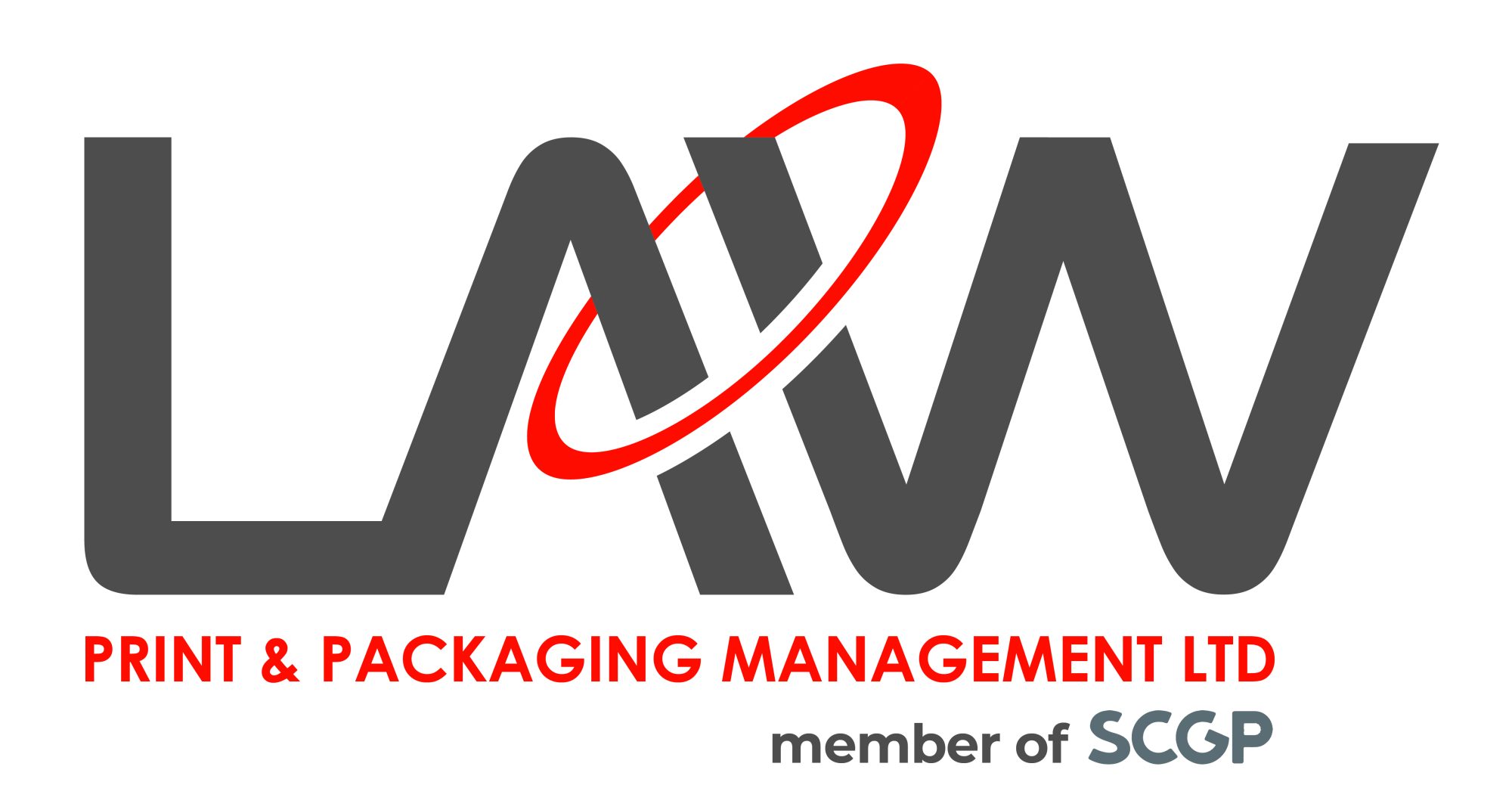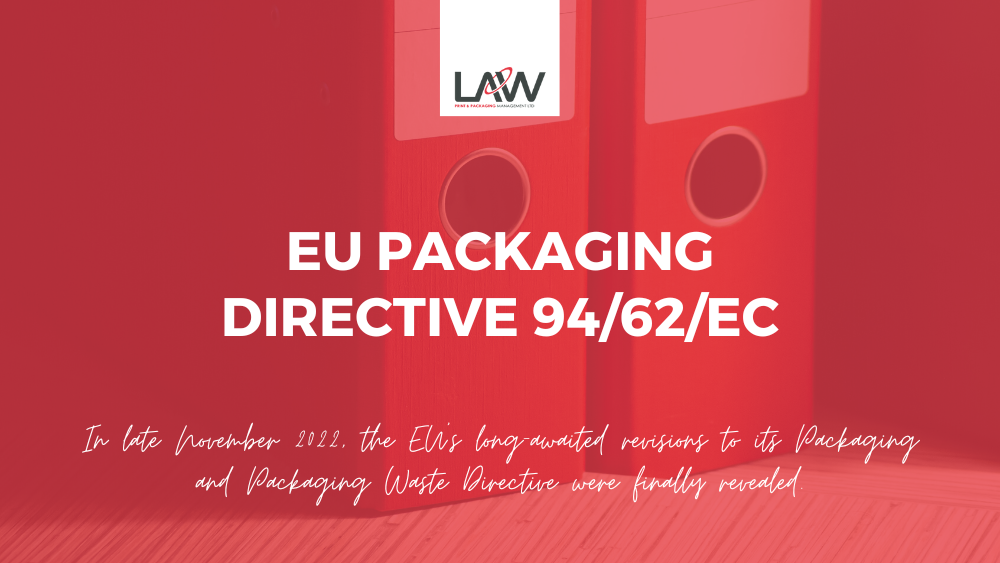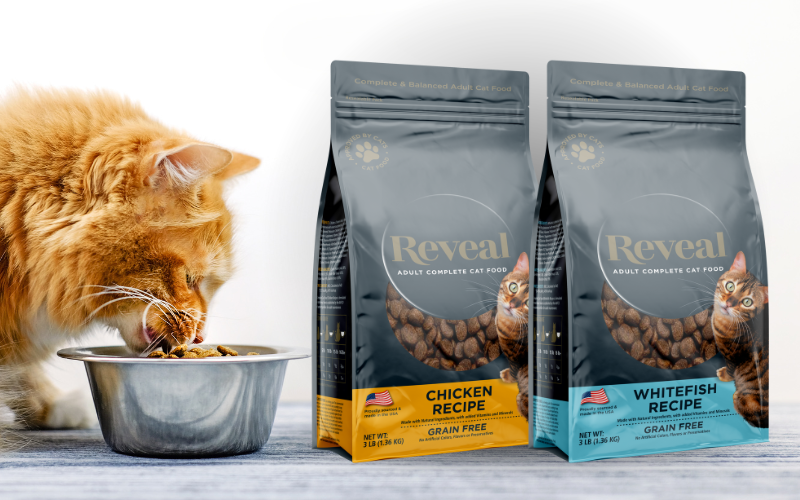In late November 2022, the EU’s long-awaited revisions to its Packaging and Packaging Waste Directive were finally revealed.
This directive represents a uniform European standard that obligates every packaging manufacturer and retailer without restriction. The European Packaging Directive is translated into national laws under the Packaging Act of each EU countries, also referred to as Extended Producer Responsibility (EPR).
The Directive obligates member states to meet targets for the recovery and recycling of packaging waste. The Directive covers all packaging placed on the Community market. Targets are set as a percentage of packaging flowing into the waste stream.
The Directive:
- sets targets for recovery and plastic recycling
- requires the encouragement of the use of recycled packaging materials in the manufacturing of packaging and other products
- requires packaging to comply with ‘essential requirements’ which include the minimisation of packaging volume and weight, and the design of packaging to permit its reuse or recovery
- requires the implementation of measures to prevent packaging waste in addition to preventative measures under the ‘essential requirements’, which may include measures to encourage the re-use of packaging
According to the EU, each European generates almost 180 kg of packaging waste per year. Without action, it says that the EU would see a further 19% increase in packaging waste by 2030 and a 46% increase in plastic packaging waste.
This directive, which is valid throughout Europe, serves to ensure that packaging and packaging waste are of a uniform, environmentally friendly and health-friendly nature. In addition to the substances contained and their effects, the EU Packaging Directive 94/62/EC includes the objective and achievement of recycling.
The European Packaging Directive – a definition
No matter which products you buy or sell: packaging is included in the scope of delivery. Each package must fulfil specific requirements and meet environmental and climate targets. With the introduction of the European Packaging Directive, a Europe-wide standard was created that applies to all Member States of the EU. The directive contains the maximum values for certain heavy metals and concerns itself with protecting the environment
What are the aims of this directive?
The directive now has a target to reach: a reduction in packaging waste by 15% by 2040 per member state per capita, when compared to 2018. There are also plans to ban certain plastics outright, including single-use plastics like those used in restaurants and cafes.
What does the directive say about recycling?
In terms of recyclability, the Commission proposes the setting of design criteria for packaging, the creation of mandatory deposit return systems for plastic bottles and aluminium cans, and ensuring which types of packaging must be compostable so that consumers can throw these to biowaste.
It’s important to note that there will be many revisions over the course of the year.
When draft proposals were leaked earlier in 2022, there were objections to some of the plans as they weren’t as scientifically backed as first thought. It’s worth checking your government website for the most up-to-date information. We will also endeavour to keep this blog updated.
For more information or to speak to a member of our sales team, please call the number below or send us a message.
Want to skyrocket your business in 2023? Start with your packaging. We’re available for advice whenever you need us, so please speak to us!
Contact us on +44 (0) 161 440 7302 or follow this link to complete our contact form.
CASE STUDIES | CONTACT US | SOCIAL MEDIA | NEWSLETTER


